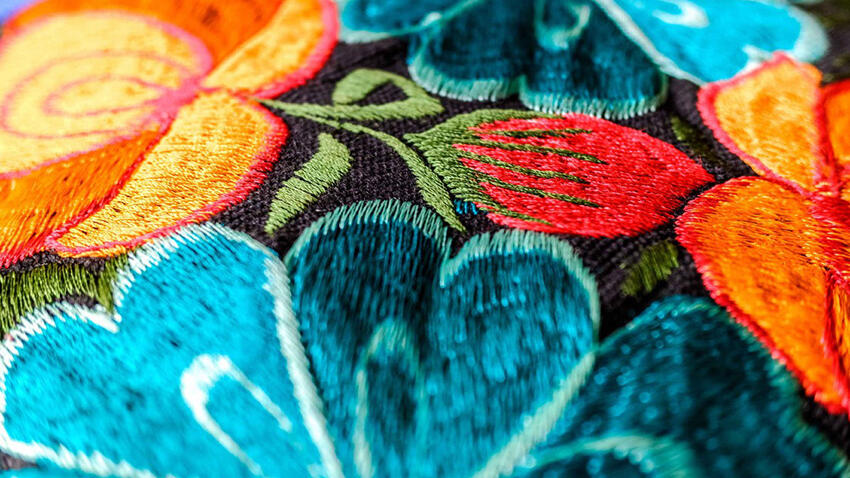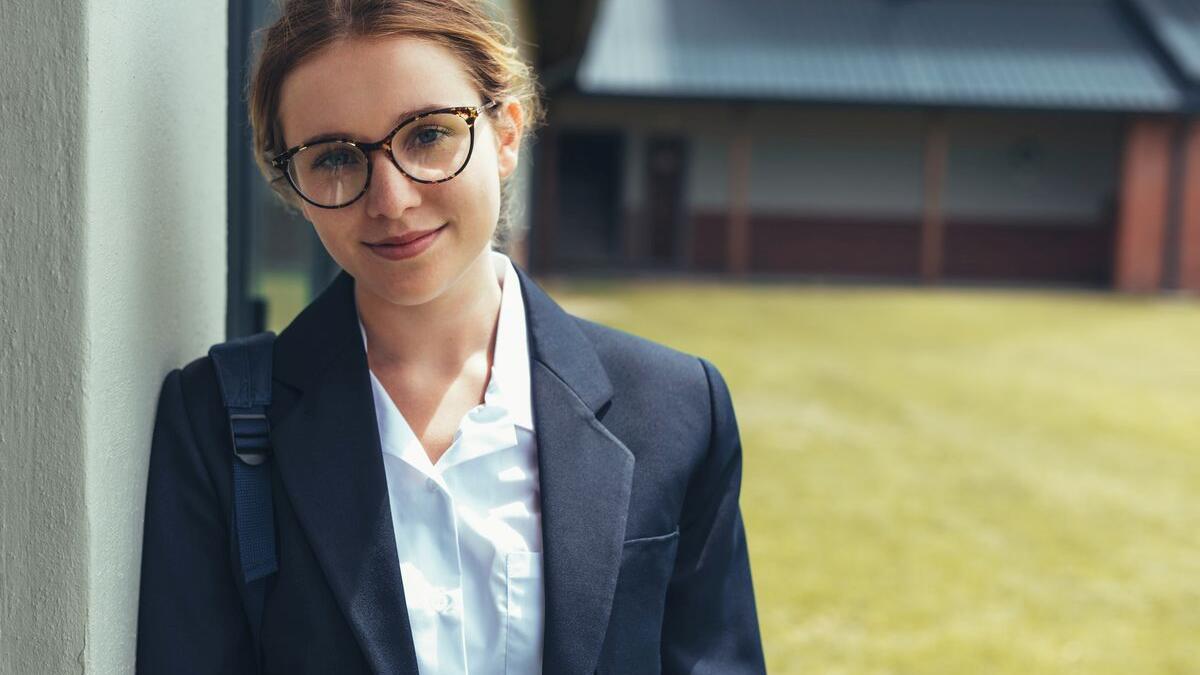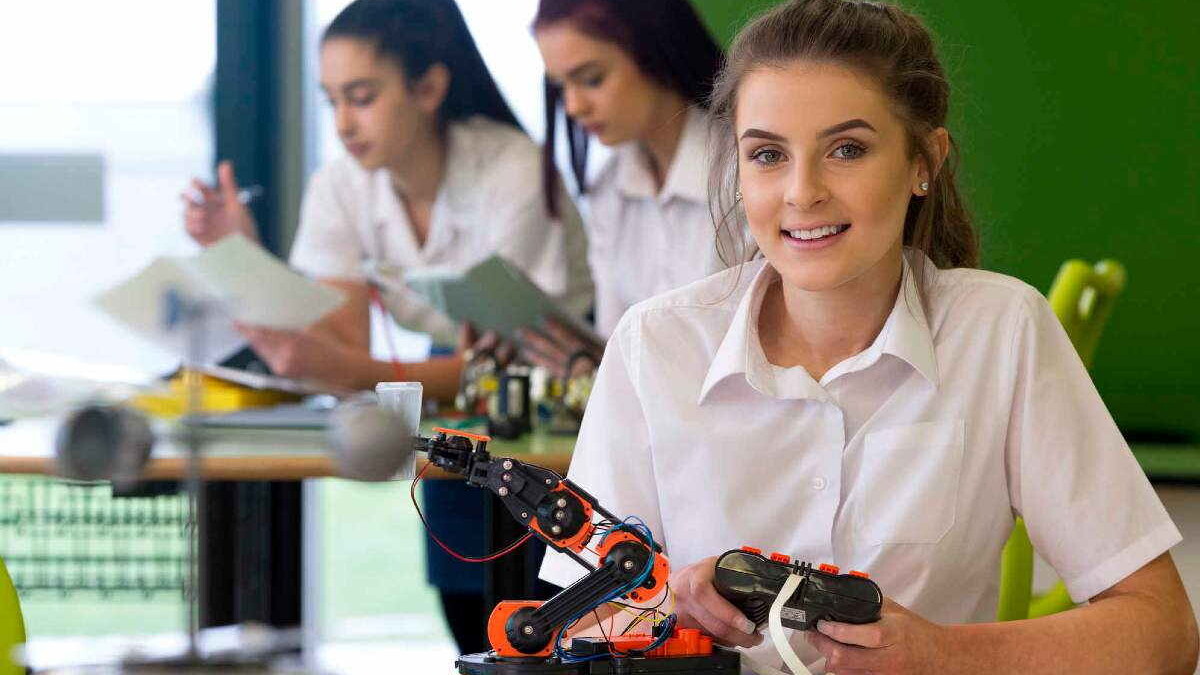The new “Three Rs of Education”: Responsiveness, Resilience and Relationships
After more challenging months of uncertainty and lockdowns for our teacher colleagues as well as parents, schools are open once more, and it seems timely to reflect on some of the lessons learned.
As Dr Mary Jean Gallagher reminds us, “every challenge is a blessing and a curse” and her sage words feel particularly poignant at this time. It would be easy to focus on all the things we missed by not being in the physical classroom together, and that list would be very long indeed after speaking with fellow educators.
But it would be remiss to overlook the insights we gained and the lessons learned by facing the challenge of teaching and learning from home during a pandemic.
A new schooling paradigm
In the 19th Century, literature commonly referred to the 3 Rs of education as Reading, ‘Riting and ‘Rithmetic. This phrase embodied the fundamentals of education and provided the foundation for the ‘back to basics’ rhetoric. When we address the core standards of schooling, it is historically reading, writing and arithmetic to which one defaults.
Fast-forward to 2021 and I think we can all agree that the 3 Rs have changed. Living in a world with COVID-19, the 3 Rs that form the foundation of schooling have morphed into Responsiveness, Resilience and Relationships.
Responsiveness: Our collective ‘rise to the challenge’
Being able to react quickly in the face of a crisis is a skill that many of us have recently acquired thanks to the pandemic. As well as the bushfires, and the floods… we have had quite a time of it, haven’t we?
Brené Brown has referred to the pandemic experience as “a massive experiment in collective vulnerability” and I believe this has been demonstrated most aptly in our schools. The world has seen vulnerability played out in every aspect of our social systems but most especially in health and education. The gap between the most and least advantaged in our schools has become even more evident as the least advantaged families have shared access to devices, low or no internet connectivity and limited access to the rudimentary levels of Maslow’s hierarchy of needs physiological (food and clothing), safety (job security), love and belonging needs (friendship), esteem, and self-actualization.
And yet students, teachers and communities have rallied to support, engage and collaborate through it all. We have heard stories of school principals driving to their teachers’ homes to deliver care packages, teachers standing in car parks handing out parcels of “home learning” materials for their students like Happy Meals into parents’ car windows as they drove through and, finally, students contacting their teachers with messages of gratitude and acknowledgement of the realities of teaching their classes whilst caring for their own young children during lockdown at home.
In the face of ever-changing circumstances and shifting health restrictions, our schools and teachers have been responsive and are to be applauded for the many ways in which they have risen to the challenge.
The mass shift to online tests continues
…and it’s a good thing! Learn more about why students find online assessments more engaging and inclusive.
Resilience: Embracing a generation’s irrepressible spirit
As in all times of crisis, the challenges surrounding COVID-19 have forced us all to draw upon our inner strength and resilience as humans. Hearing stories of how school leaders, teachers and learners have dug deep to manage struggles with grit and good humour throughout the pandemic, it begs the question – Is this the beginning of our breakthrough decade?
Observing how resilient our students, teachers and schools have been makes one wonder how much better equipped we are for the future as a result. At the recent ACEL Conference, Michael Fullan referred to this era as our “moonshot” moment, a once in a decade opportunity to reach for the stars and change the trajectory we are on.
Could today’s young people (and their teachers) stand ready to be the change agents we need in the world as a result of this pandemic? Personally, it would feel like a tremendous waste if we didn’t embrace the learnings from our shared experience and seize the opportunity to change the status quo, improving our education system for the better.
Relationships: The irreplaceable power of teacher-student connection
During home learning my daughter was asked to prepare a debate on the topic of whether computers should replace teachers. She spent a long time considering both sides before choosing her position. Armed with a list of pros and cons, she ultimately decided that computers were better at many things – posing interesting Maths problems, fun quizzes, online assessments, zooming in to make fonts look bigger.
However, in the end even all those ticks in the ‘pros’ column were trumped by one thing – the relationships she enjoys with her teachers. She missed the knowing smile from the teacher when she finally cracked that tricky Maths problem, the encouragement to keep going when she wanted to give up midway through her Spelling test or her teacher’s kind words of advice when a peer said something to hurt her feelings. She proudly concluded her debate by stating that “a computer may do a wonderful job of teaching me Maths, Science or Reading but it will never be able to show me what it means to be a good person. And that is what my teacher’s show me every day”.
As educators we have always known that the relationship between a student and their teacher is a key factor in achievement. In fact, John Hattie’s meta-analysis reported that it had an effect the size of 0.72 on student learning. With the average intervention on student learning having an effect of 0.40, it is clear that the impact of the student-teacher relationship is high.
Teaching and learning during the pandemic has highlighted the impact of the teacher-student relationship even more. When the news came that lockdown was ending and school was resuming, it was the human connections that teachers and students raced back to with glee, not the physical buildings or school commute.
The learnings from the past 18 months are varied and many. The challenges have been great and the impact on the teaching profession globally has been profound. As educators there is much to reflect upon as we endeavour to grapple with the return to the physical school and re-define our role in the community. As a school, have you taken stock of how resilient and responsive you were in the face of the pandemic? What impact did it have on your relationships – as a staff, with your students and the community?
About the author
Sara Ratner
Contributor
You might also like
Want to learn more about our tailored solutions?
Chat to one of our assessment or learning consultants today.
or call us on 1300 857 687 (Australia) or +61 2 6652 9850 (International)




